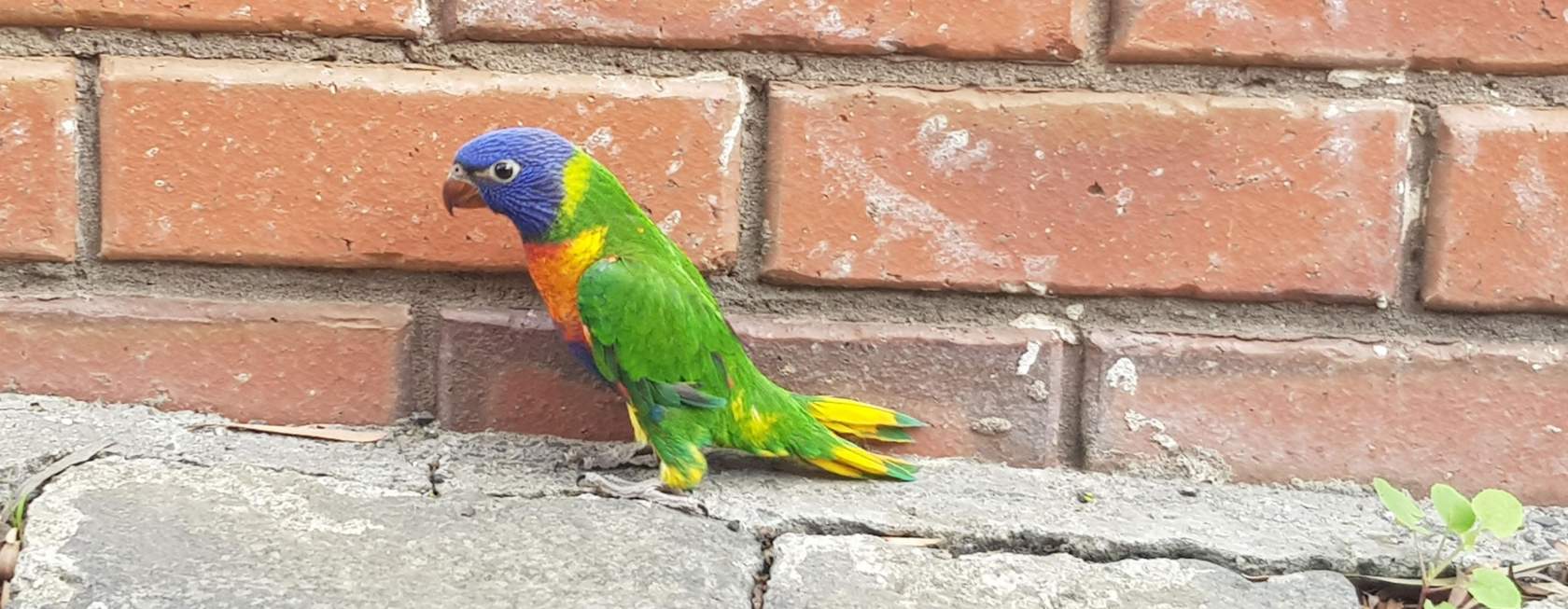
Psittacine beak and feather disease (PBFD) is caused by a circovirus that affects bird species, particularly parrots. PBFD primarily attacks the beak, feathers, and immune system of infected birds, leading to symptoms such as feather loss, beak malformation, and a weakened immune system. The disease is highly contagious and can be fatal, especially in young birds. There is no known cure for PBFD, so prevention through quarantine, testing, and good hygiene practices is crucial in managing the spread of the virus.
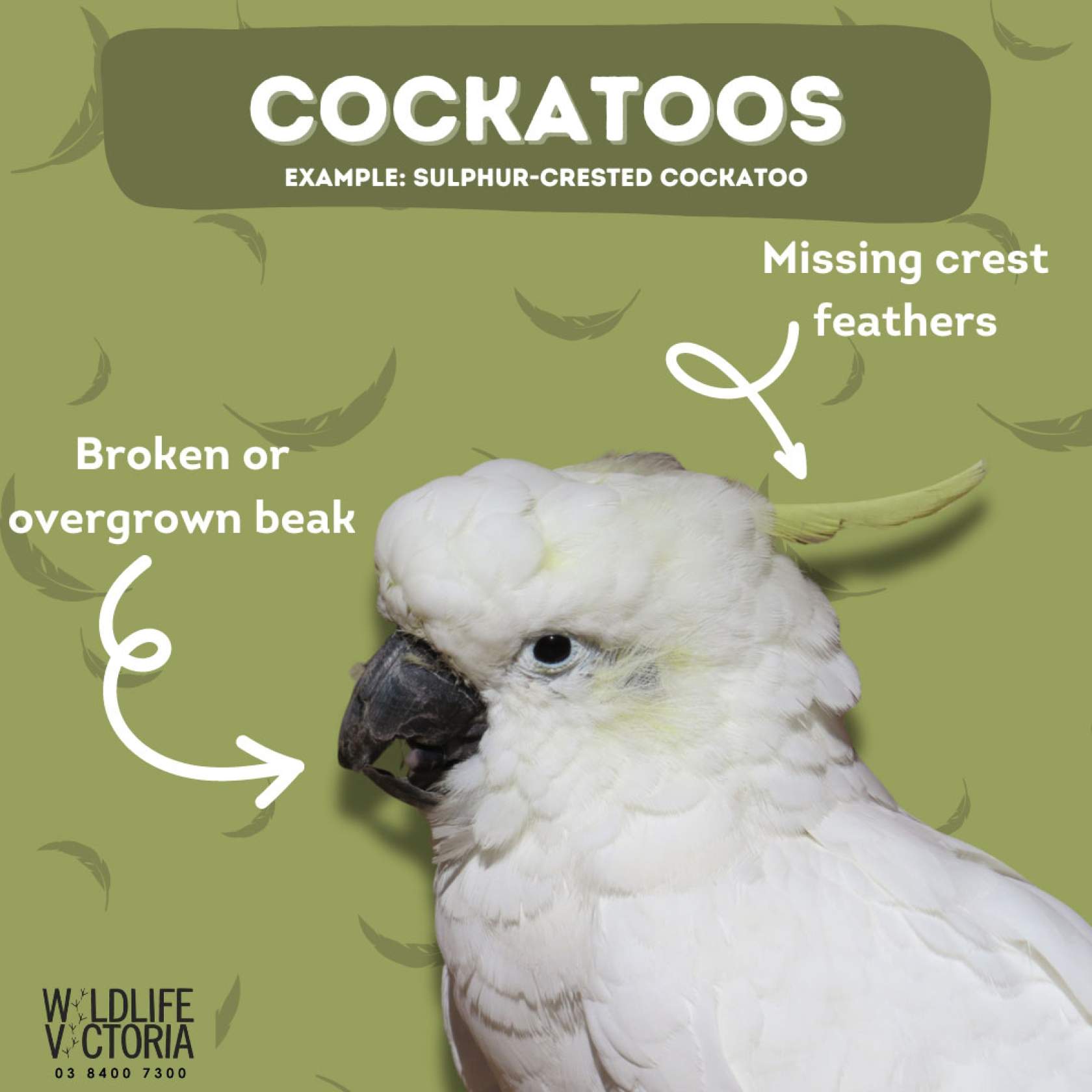
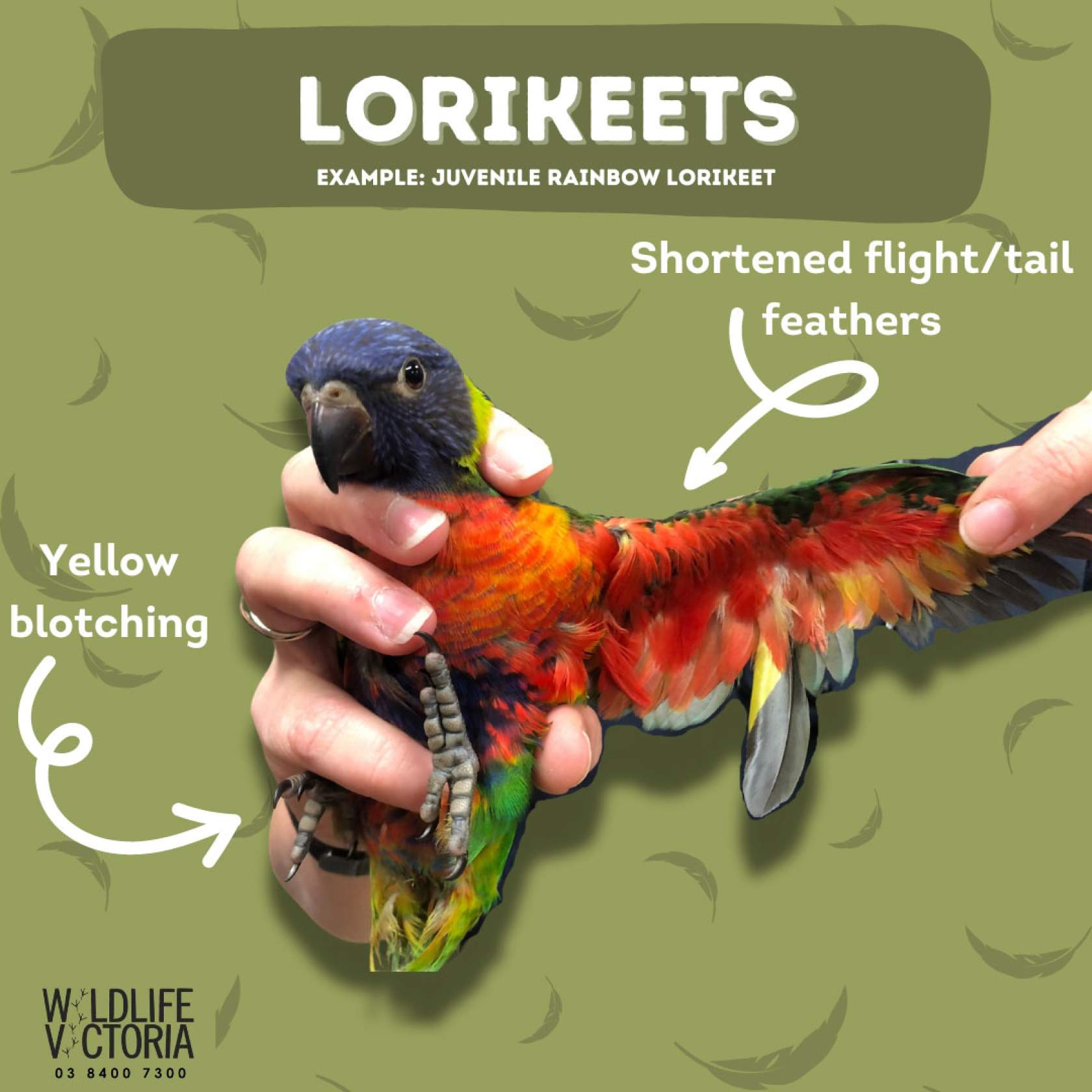
Prevention is key!
To prevent the spread of PBFD it is important to ensure you’re not feeding or providing water for animals, as communal food and water sources can be a large cause of the disease spreading. A good example of this is bird baths, which act as source for spreading beak and feather among parrots that drink and bathe in the water. Bird feeders are another area where the disease may easily spread.
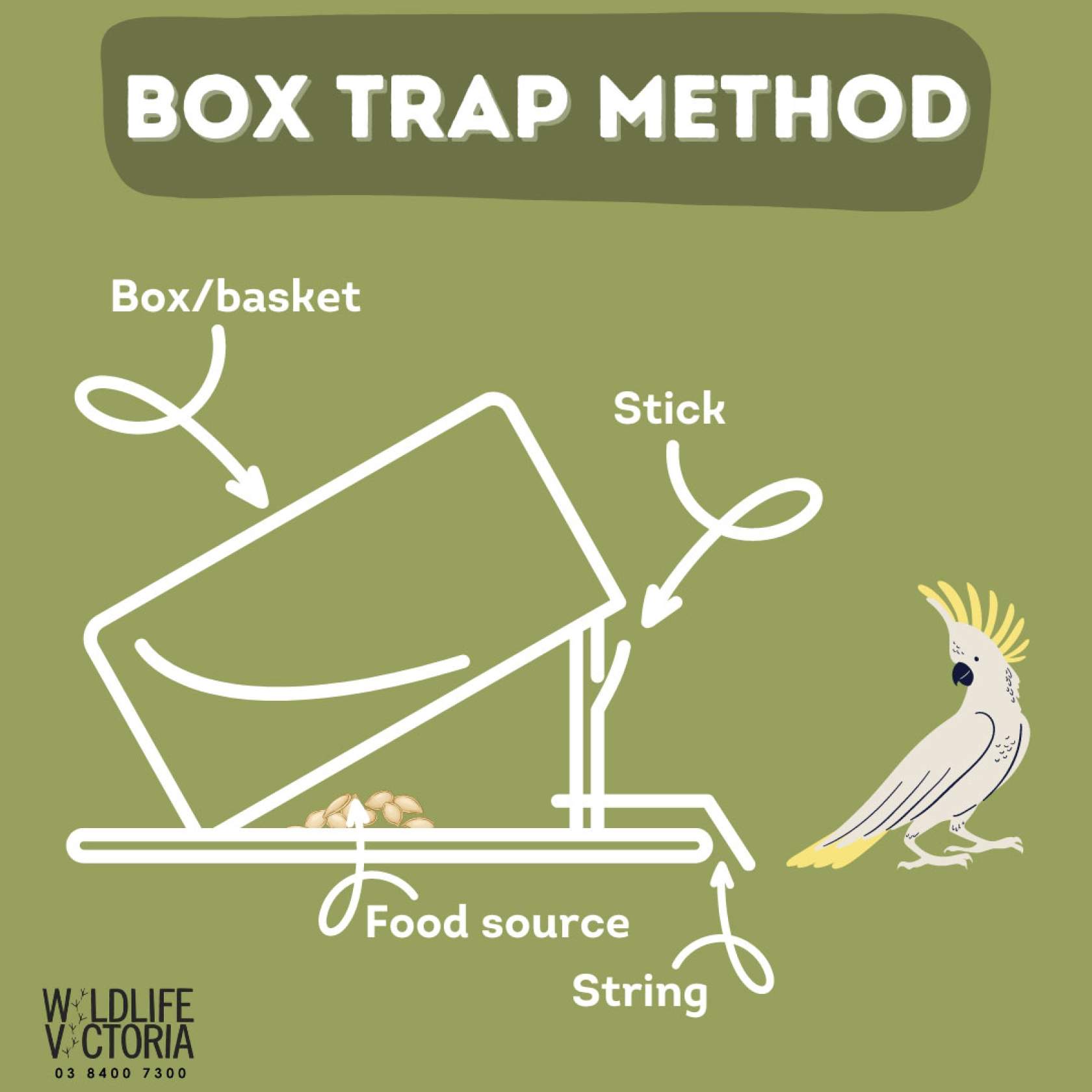
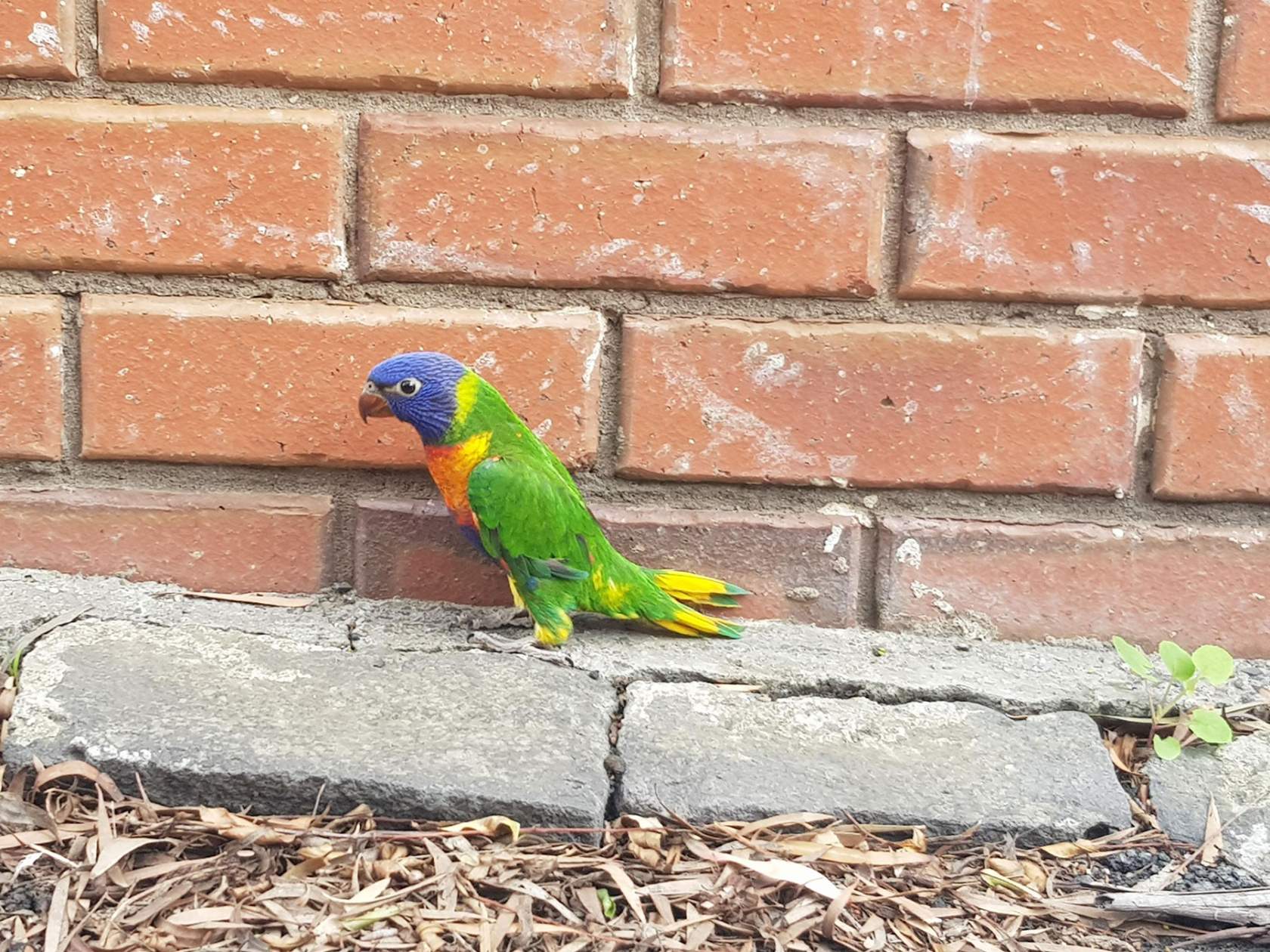
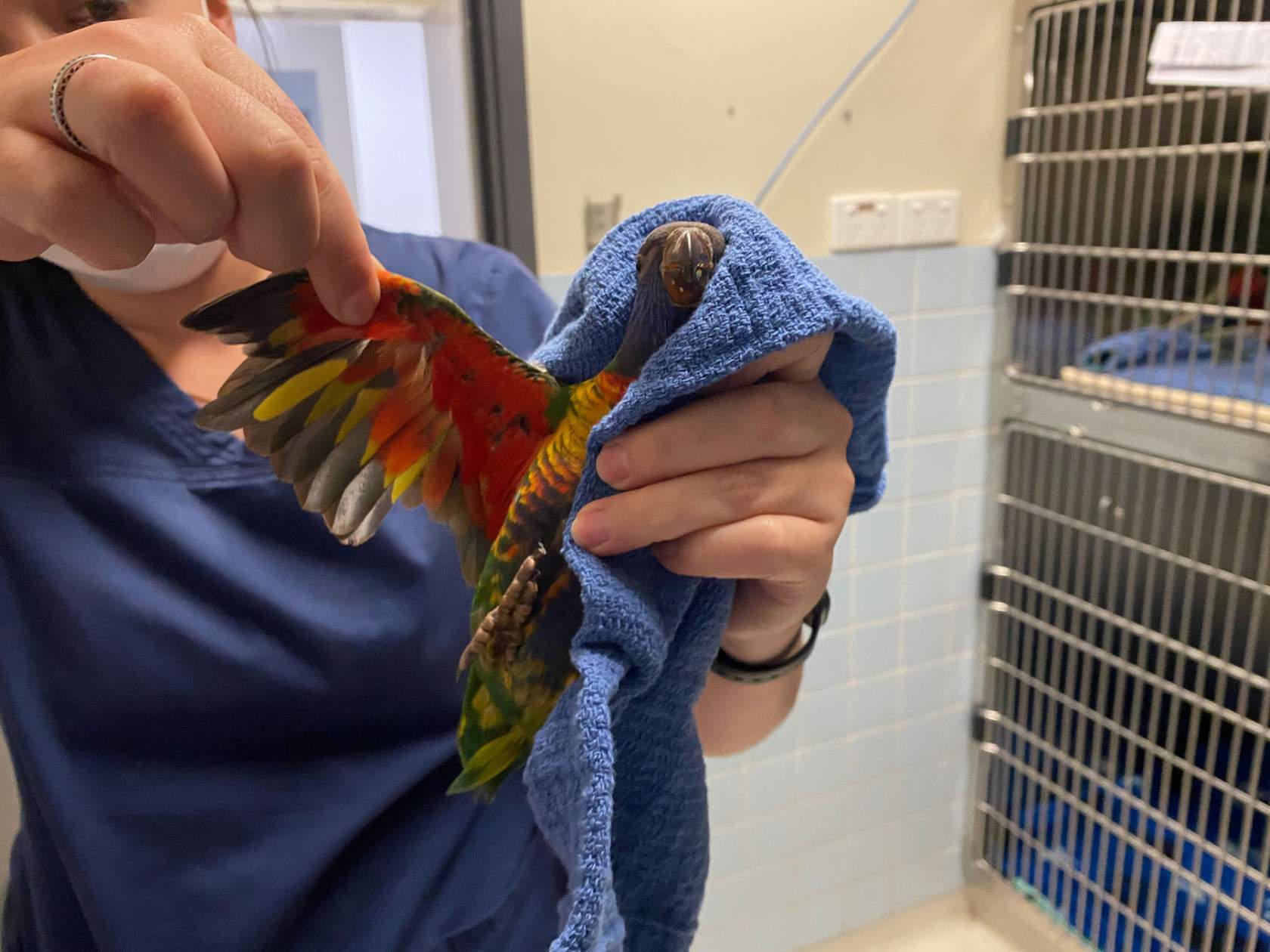

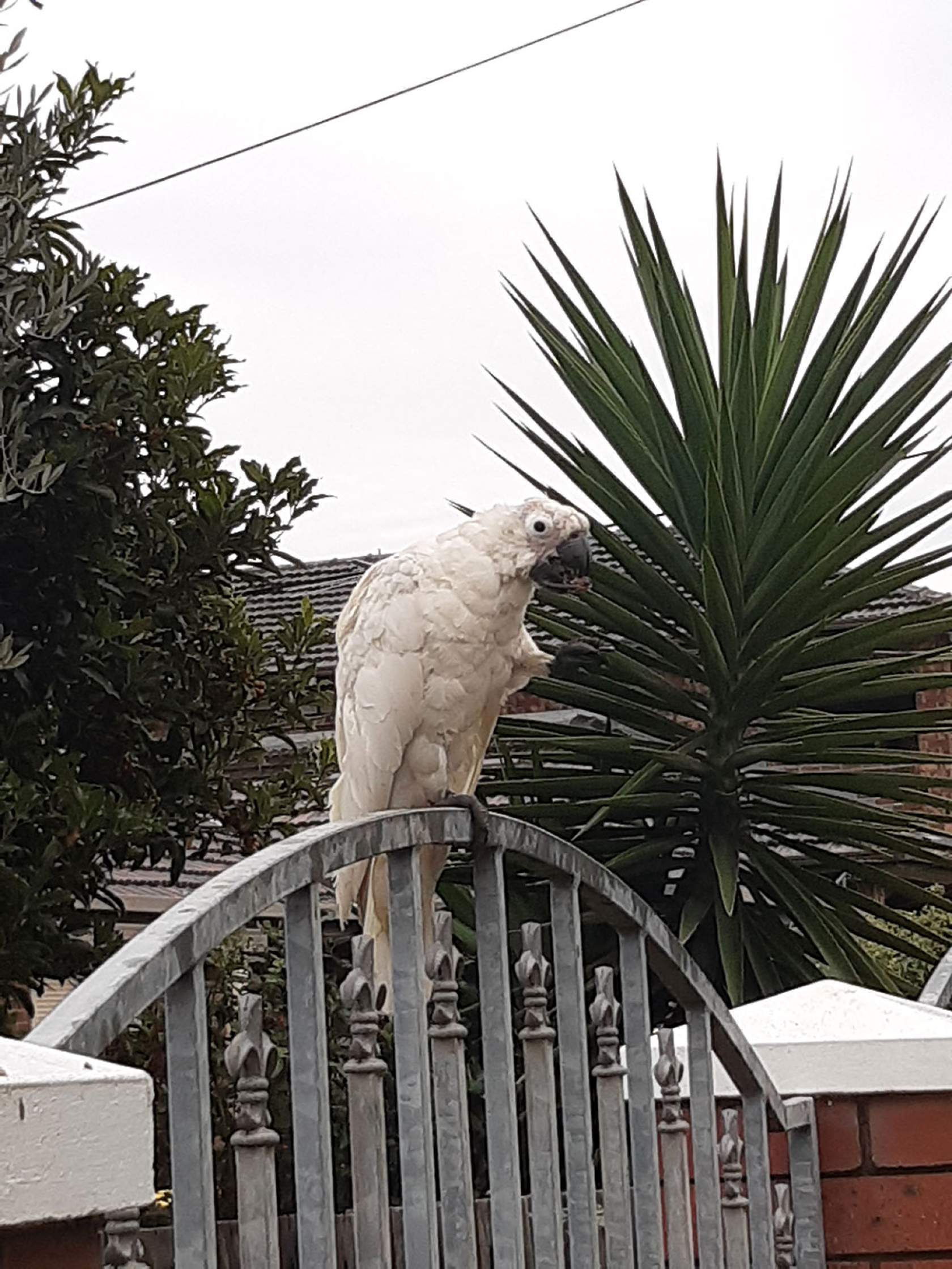
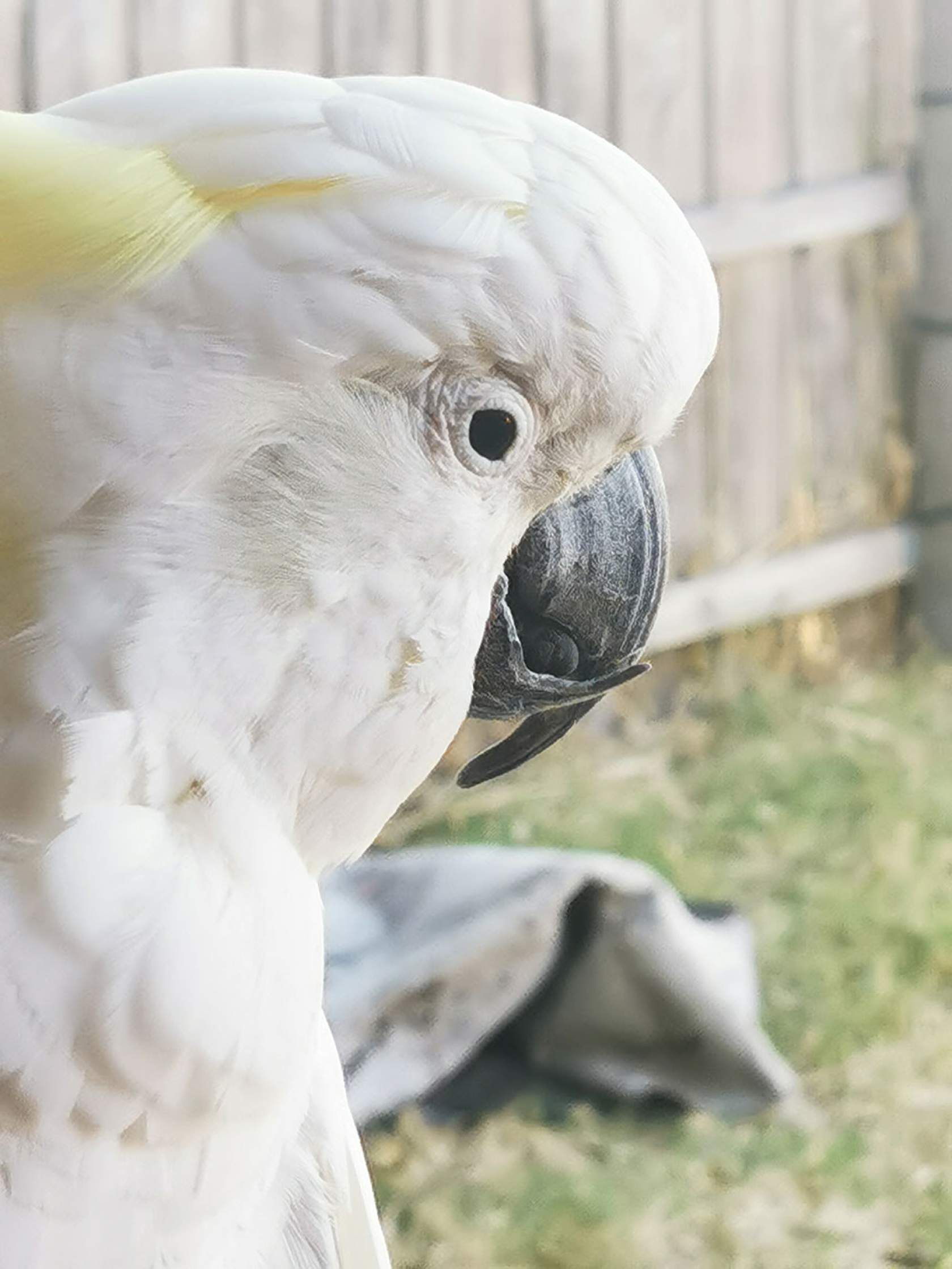
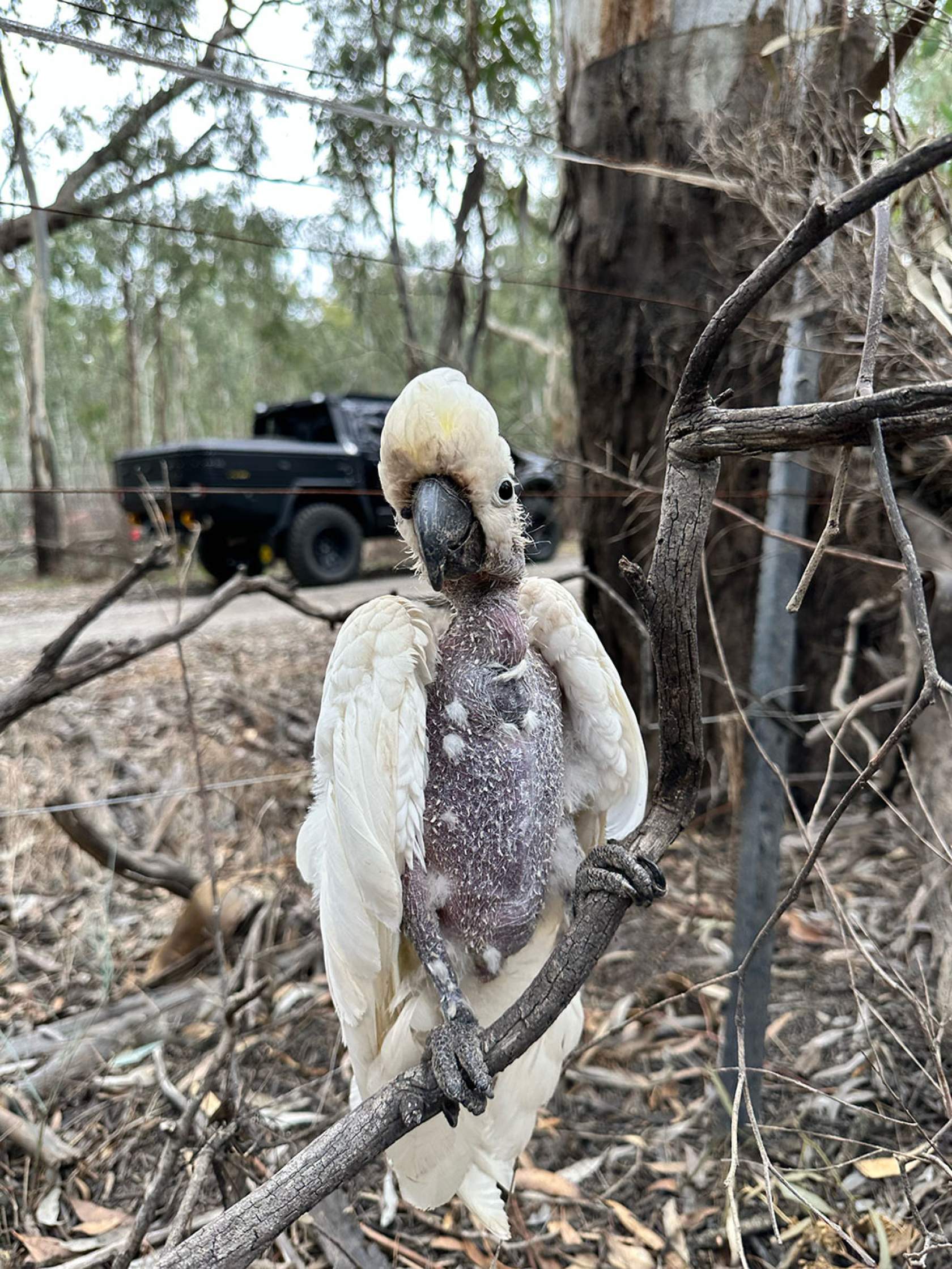
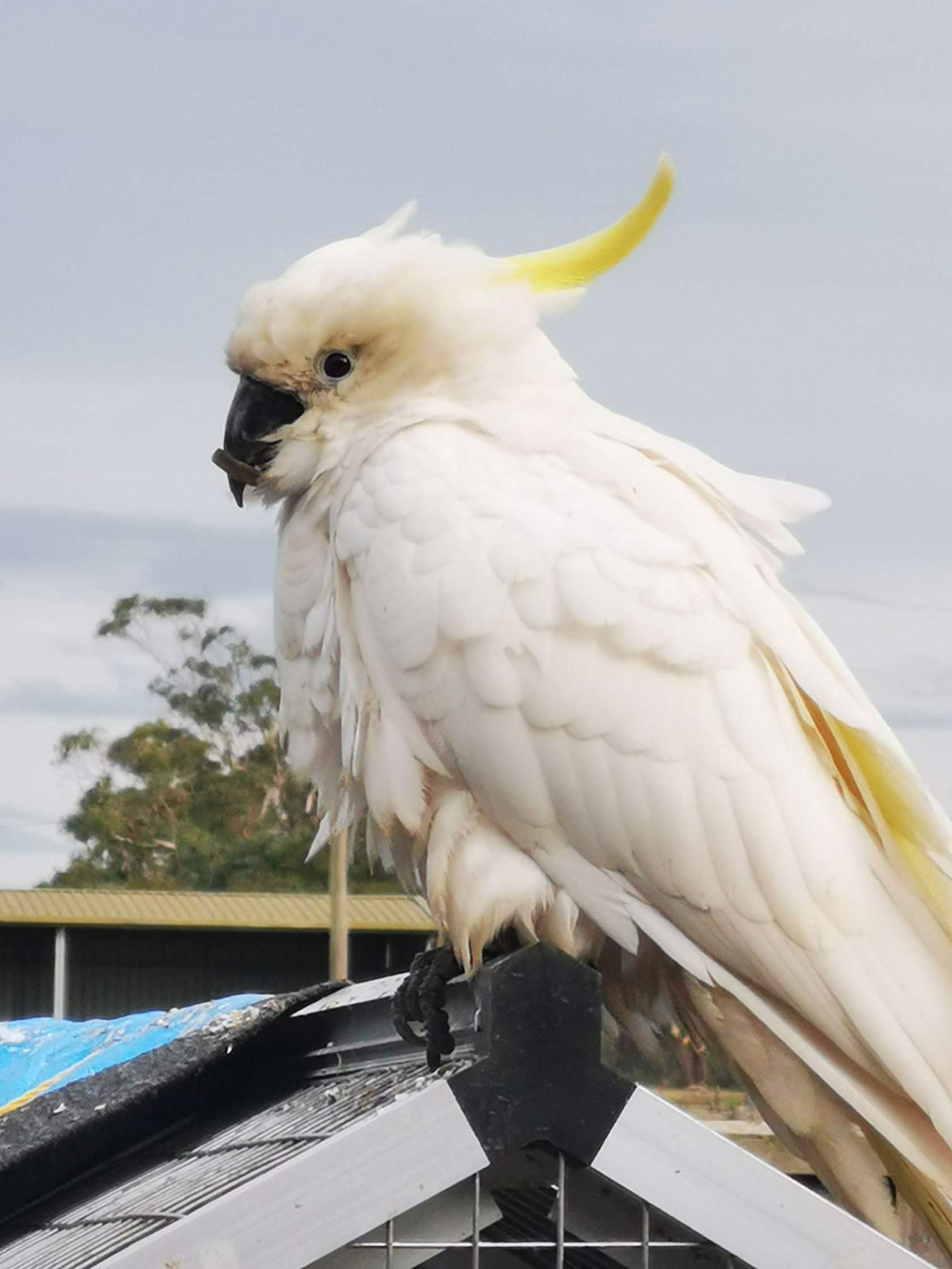
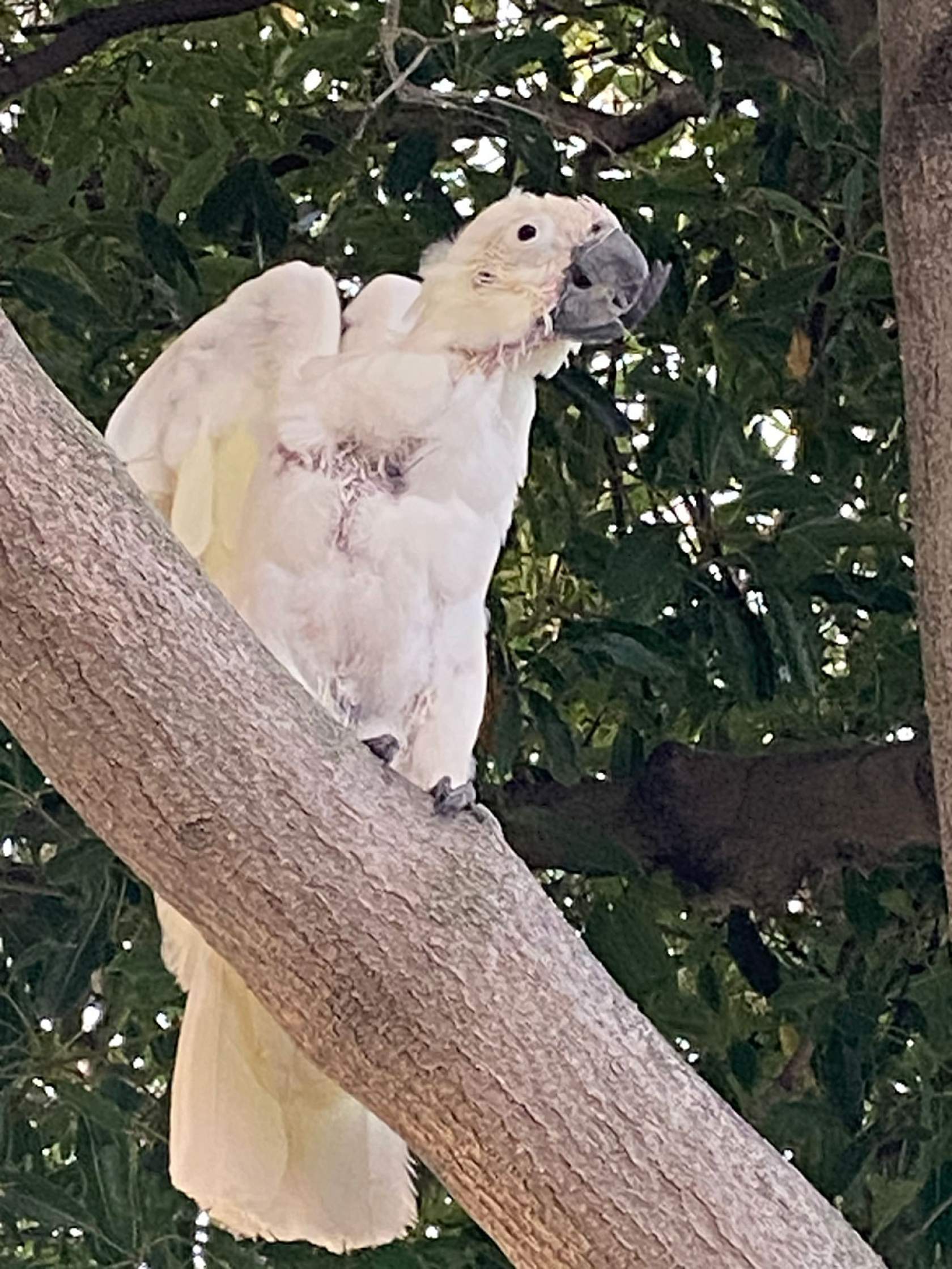
To rescue a cockatoo affected by beak and feather disease that is still capable of flight;
Utilise a sturdy plastic box or basket as a trap instead of a cardboard box (cockatoos can easily chew through cardboard).
Safely secure small weights to the box's edges for a swift drop to contain the bird, ensuring the weights are not too heavy as to harm the bird upon impact.
Use a stick with a string attached to prop up the box, allowing for remote triggering once the bird is in position.
Establish a consistent feeding routine using fruits or bird seeds (avoid using bread) near the trap; gradually move the feeding spot closer to the box as the bird grows more comfortable each day.
When the feeding area is directly under the box, give the bird time to relax before triggering the trap through the string mechanism.
Carefully slide a lid under the box to secure the bird and transport it to a veterinary clinic for immediate evaluation and treatment.
Wildlife Victoria can assist with collecting impacted wildlife and transporting them for veterinary assessment and ongoing care management. If psittacine beak and feather disease is suspected, please contact Wildlife Victoria’s 24/7 Emergency Response Service on 03 8400 7300.
We hope that by increasing your understanding and awareness of our beautiful wildlife, you will feel empowered to manage wildlife situations confidently and in an informed, safe and appropriate manner. For support at any time, please call our 24/7 Emergency Response Service on (03) 8400 7300.
